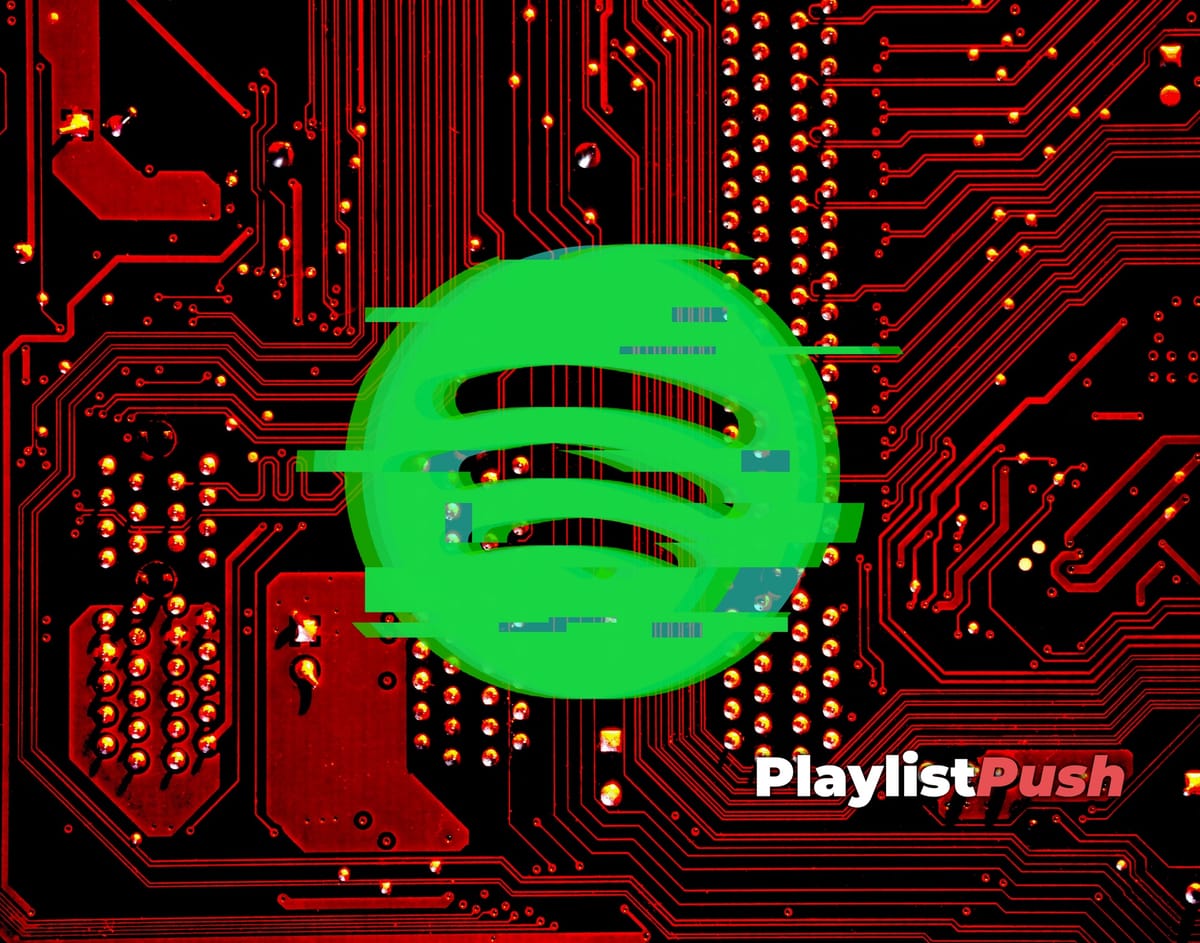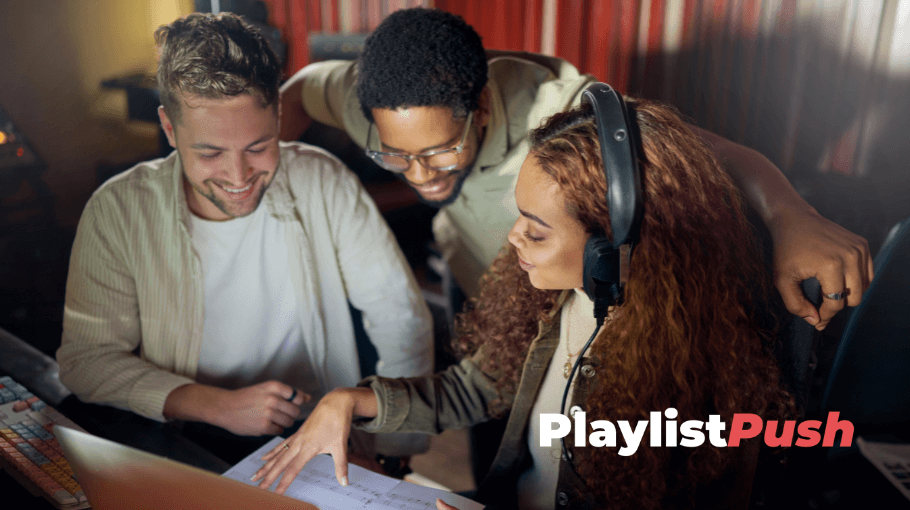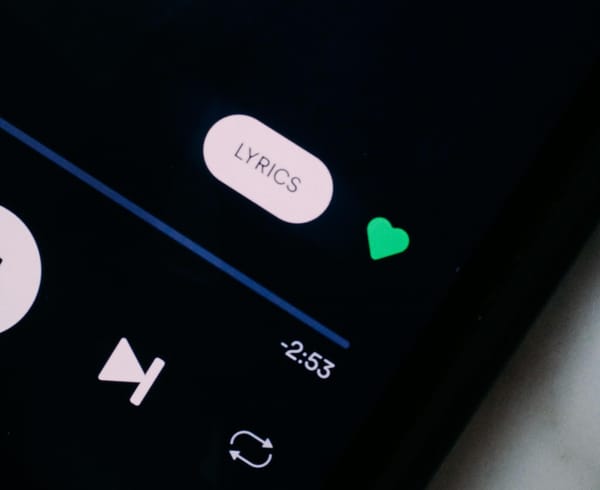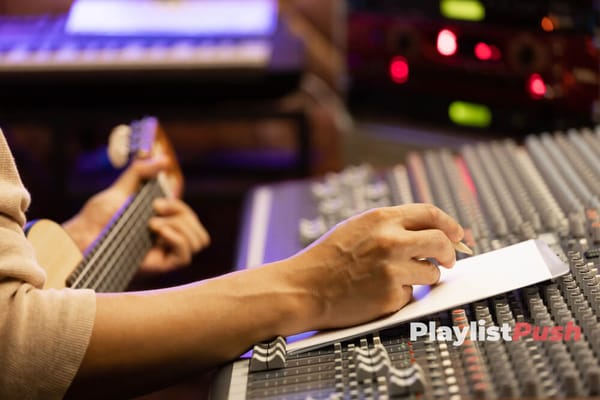The Spotify Algorithm: How To Get On Release Radar, Discover Weekly (Updated 2024)

Have you ever listened to your Discover Weekly or Release Radar playlists on Spotify and wondered how they work? Did you know that these playlists are also extremely important for getting your music heard by a new audience? While stream growth is the most immediate and visible result of using our service, getting your track onto high-quality playlists has substantial long-term benefits due to its effect on the Spotify algorithm.
The concept of “cracking” the Spotify algorithm can be quite abstract to some, but is a universal goal for artist stakeholders all across the music industry - and for good reason. In this post, we break down the most common questions about the Spotify algorithm and how Playlist Push interacts with it to break through the noise and accelerate your growth as an artist on Spotify.
What is the Spotify Algorithm?
The full name of Spotify’s AI system is Bandits for Recommendations by Treatments (BaRT). This system analyzes users’ behavior on the platform and adjusts their user experience accordingly, suggesting new music based on their reactions to music they’ve already heard on the platform. Just as important, BaRT also picks up on user behavior such as playlist adds which include everyday users adding your track onto their personal playlists.
How does it affect me as an artist?
Spotify’s algorithmic playlists can affect independent artists in several ways. First, independent artists have a chance at getting a crucial additional push to new users who are already selected as likely to enjoy their music. It also means that if your songs get skipped over often and don’t make it onto user-generated playlists, you will be much less likely to enjoy the benefit of being on Spotify’s algorithmic playlists and getting exposed to new users.
Why should I try to get on Algorithmic Playlists?
As of February 2021, at least 60,000 songs are uploaded to Spotify every day. In the past decade, the barriers to entry for independent artists have become lower than ever; Aspiring musicians are now able to create, promote and distribute their music without funding or support from a record label. While this can be considered a wonderful benefit of accessible and affordable music resources, it also means that competition in the music industry is higher than ever.
Getting your songs onto user-generated playlists helps to build listener data for your song, which then feeds it into algorithm-based playlists. From there, your track may experience a snowball effect from increased exposure and streams which can accelerate growth. To break through the “noise”, it is important to use the rules of Spotify’s algorithm to your advantage.
Where does Playlist Push fit in?
Now you know what the algorithm is and why it is so important for you to get onto those algorithmic playlists - but what triggers the algorithm?
At Playlist Push, we provide access to a network of high-quality playlists that provide real streams and are frequently maintained and updated by their owners.
The playlists your track is placed on must be organic and not botted with fake followers and streams; at the beginning of 2021, Spotify reportedly took down about 750,000 songs from the platform that demonstrated suspicious bot-like consumption behavior. Thanks to our advanced filtering process, we can ensure that your track will only get playlist placements that are “graded” favorably by Spotify’s algorithm.
Spotify’s Vice President of Marketing, Adam Gonzalez, has spoken on how to make it into both Discover Weekly and Release Radar. Discover Weekly favors songs that already have 20,000+ streams and can demonstrate good listen-through, saves, playlist adds, and social shares. Conversely, Release Radar promotes your new music to users who follow or listen to you regularly. Playlist pushing helps to get your music to the right audience which is most likely to leave a positive impact on the metrics that Gonzalez mentions, which makes Playlist Push an essential tool in your promotional toolbox.
Common Questions
How long does it typically take for a song to appear on algorithmic playlists after it has been released and met the criteria?
While some tracks may appear on algorithmic playlists like Release Radar shortly after release, others may take longer to be featured on Discover Weekly. It largely depends on user engagement and the algorithm's assessment of the track's relevance to potential listeners.
Can changes to a track's metadata after its release affect its presence on algorithmic playlists?
Yes, significant changes to a track's metadata (like title, artist name, or ISRC) can affect its algorithmic performance. Such changes might reset the song's data within Spotify's system, potentially impacting its visibility on personalized playlists.
If a track does well on algorithmic playlists, does it increase the chances of Spotify's editorial team noticing and featuring the track on one of their curated playlists?
Positive performance on algorithmic playlists can indeed increase a track's visibility and potentially attract attention from Spotify's editorial team. High engagement metrics can signal that a track is resonating with listeners, which might make it a candidate for featured playlists.
Looking to Promote your Music on Spotify?
Use our Spotify Playlist Pitching Service and TikTok Sound Promotion service.





